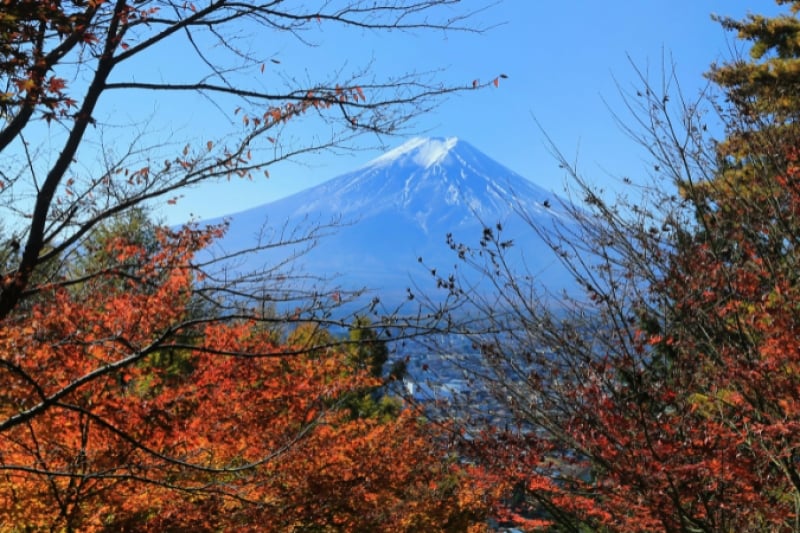It’s official: some snow has finally graced the slopes of Mount Fuji. The first signs of a snowcap, a hallmark of Japan’s most iconic peak, have just made a late but memorable appearance. If you’ve been eagerly waiting for Mount Fuji to don its classic white top, you’re not alone! This year’s delay set a new record, surpassing all previous observations since record-keeping began in 1894.
Also read: Japan’s Mount Fuji Hasn’t Seen Snow Yet This Season, a First in 130 Years
The Longest Wait in Mount Fuji History
Typically, by 2 October, the summit of Mount Fuji begins to show a powdery dusting of snow, with last year’s first Mount Fuji snow being recorded on October 5th. But this year, despite all the anticipation, the mountain remained stubbornly bare for the longest period ever observed.

Image credit: Jeffry Surianto via Canva Pro
Waiting for the Official Declaration
The Japan Meteorological Agency, which keeps an eye on Fuji from a monitoring station in Kofu, Yamanashi Prefecture, is still waiting for a clear day to officially declare the snowcap due to persistent cloud cover. So, while the record is unofficial for now, it’s safe to say we’re experiencing something truly exceptional.
Warmer Temperatures and Climate Change
So, what’s behind this unusually late snowfall? According to meteorologists, one of the culprits is warmer-than-average temperatures. Even high up on Mount Fuji, October was surprisingly mild, a sign of global warming’s undeniable impact. While the late Mount Fuji snow might disappoint some, it underscores the urgency to address climate change and its far-reaching consequences.
What This Means for Travellers and Nature Lovers
Whether you’re planning a winter hike to catch a breathtaking sunrise from the summit or simply looking to enjoy the beauty of Japan’s highest peak, Mount Fuji’s snow-capped glory is something special to behold. With temperatures expected to stay low, the Mount Fuji snow is here to stay, for the rest of the season at least!
Also read: 8 Places for Great Views of Mount Fuji





